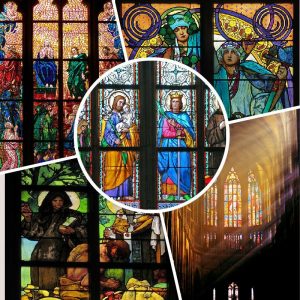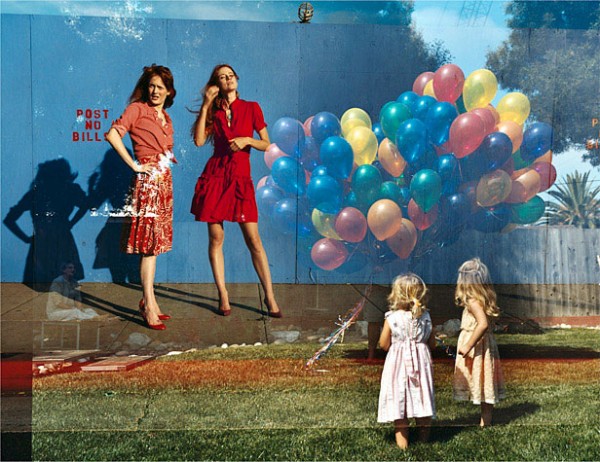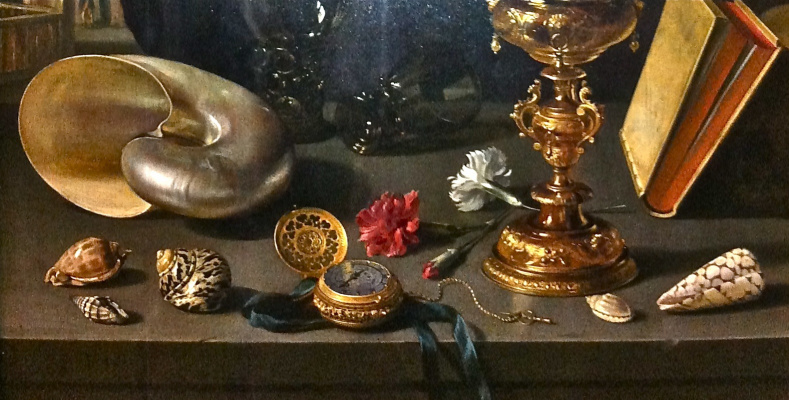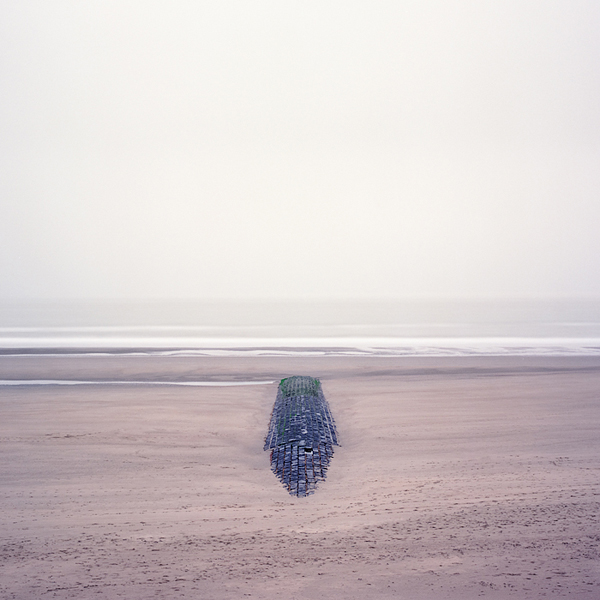Who, where, when: guide to the thin ice of stained glass
 Which of the great artists engaged in stained glass art? Where, looking out the window, you can see the picture, through which the light penetrates? Gaudi, Fly, Chagall, Tiffany and not only – the messengers of the rainbow on Earth.
Which of the great artists engaged in stained glass art? Where, looking out the window, you can see the picture, through which the light penetrates? Gaudi, Fly, Chagall, Tiffany and not only – the messengers of the rainbow on Earth.
There are many stained glass techniques, but the main ones that have passed through the centuries are two. The first is the fastening of colored glasses with lead straps. It was used in Germany and France in the era of the Gothic (XII-XVI century.) The second – the application of special paint directly on the glass. It was actively used in the Renaissance (from the 16th century). Modern stained glass artists often use the second option, but everything depends on the taste and style of the author – the technique, as we said, is numerous.
Alphonse Mucha. Stained Glass in St. Vitus Cathedral
For many centuries, art was actively associated with temples, respectively, the first stained glass windows appeared there. These were works on the theme of religion, plots from the lives of saints, inspiring people to pious behavior. But over time, stained glass windows moved to residential buildings. They depicted the everyday life of citizens – without the holy and biblical scenes.
Interestingly, over time, even in temples, instead of the faces of saints, simply beautiful stained glass windows began to appear with fantasy, which once again proves without words: there is a lot of divine in art, and it helps a person to rise to a spiritual level and without direct quotations from the Bible, because the mind and heart work.
A striking example of such works is the stained glass windows of Chagall in the temples of Germany and France or the works of Alfons Mucha in Prague’s St. Vitus Cathedral, placed around the main composition.
Prague: Alphonse Mucha, thin and sonorous modern
St. Vitus Cathedral in Prague was built in several stages. The first works were carried out from 1344 to 1419, the final (western wing) – from 1873 to 1929. Here lie the Czech kings and archbishops of Prague.
The cathedral is decorated with stained glass windows by the Czech modernist Alphonse Mucha, a famous singer of Slavic beauty. Even in the works on religious subjects he was able to maintain his corporate identity.
The central panel of the Cathedral “The Glorification of Saints Cyril and Methodius” is surrounded by 36 smaller stained glass windows. They are also attended by beautiful women, written out absolutely in the style of a Fly.
It is best to come to the Cathedral on a sunny weekday, early in the morning or after 4 pm, when there are at least tourists in it. Then you can stand in the center of the room and see how the sun makes the stained-glass windows literally shine, throwing colored highlights on everything around. This is a very beautiful sight, which is difficult to see in the crowd.
It’s amazing how Mucha managed to “make friends” with religion, beauty, sublimity and everyday life. Perhaps this ensemble is one of the most significant and eternal works of the artist.
St. Vitus Cathedral in Prague amazes with the scale of the structure and the stained glass windows of the Fly.
An interesting detail for the tourist: not far from the entrance there is a place characterized by unusual acoustics. Becoming in the center, you hear your voice as if it is being served to you through headphones – very loud and clear. The pedestal is easy to find: there are always many tourists around it.
Fouke’s Fly and Jewelry House
The famous jewelry house owes much of its success to the Czech artist who designed the store. It was a kind of Art Nouveau palace, decorated with stained glass windows and paintings by Alfons.
An interesting detail: the founder of the jewelry house is Mucha’s namesake, Alphonse Fouquet, but the son of the creator, Georges, invited the artist to cooperate.
After World War I, the jewelry house under the leadership of Georges gained worldwide fame. Unfortunately, in 1929, the House entered a crisis mode, and in 1936 it was completely closed. However, the famous interior has not lost its significance for art: in 1989 in Paris, the Carnival Museum opened a hall dedicated to the jewelry house of Fuke. It professionals tried to accurately recreate the interior of the store.
In addition, sketches and copies of works remained in the catalogs of art as a memory of the heyday of the popularity of modernism in Europe.
Krakow: Stanislaw Wyspianski, Stained Glass Museum, Franciscan Church and St. Mary’s Church
Stanislav Wyspianski – Polish master, successfully intertwined modern and folklore.
After traveling around Europe, where the artist absorbed the history of art from ancient times to its modernity, in August 1894, Wyspianski returned to Krakow, where he quickly joined modernist supporters.
It was then that he took part in the design of the Franciscan church. In addition to painting, the rector of the church ordered the artist several stained glass windows: “Blessed Salome”, “Wounds of St. Francis”, “God the Father” and others.
The St. Mary’s Church in Kraków is also famous for the stained glass windows created by Jozef Mehoffer, Stanislaw Wyspianski and the Polish-Belarusian artist Tadeusz Dmohovsky.
The stained glass windows of Stanislav Vyspyansky can also be seen in the Pollera hotel, which opened in Poland in 1834 during the heyday of art nouveau, and in the building of the Medical Society (Krakow Medical Society house).




